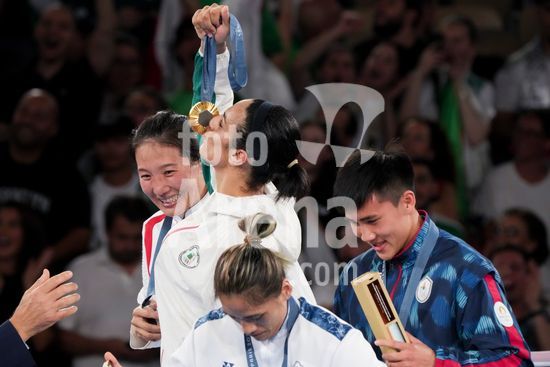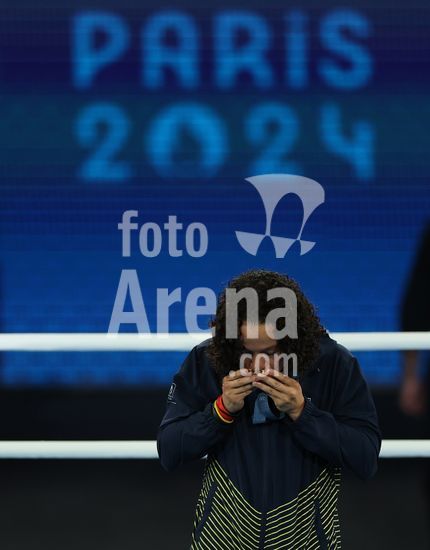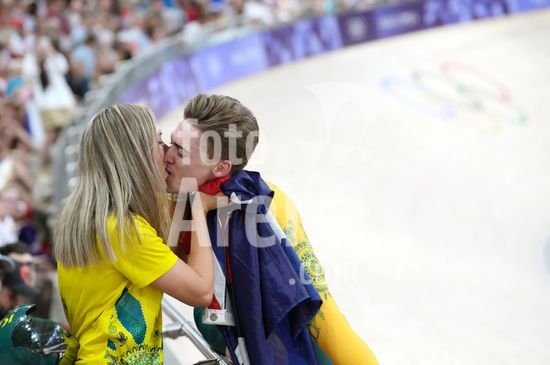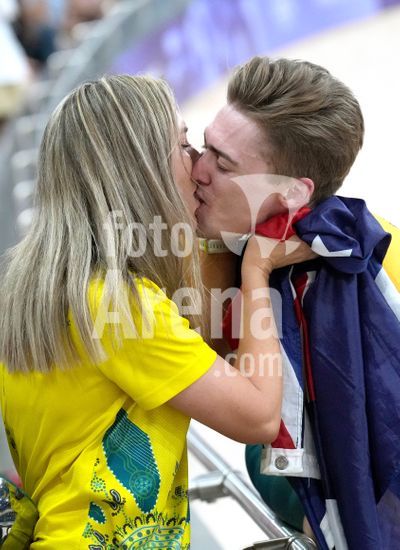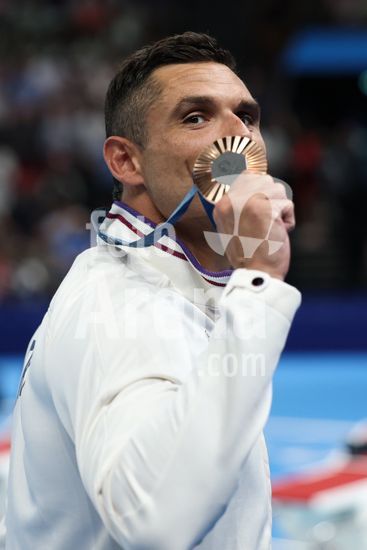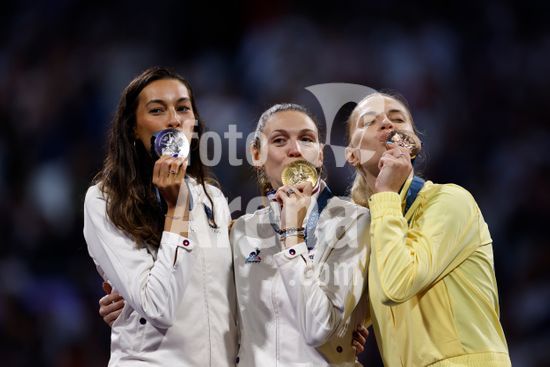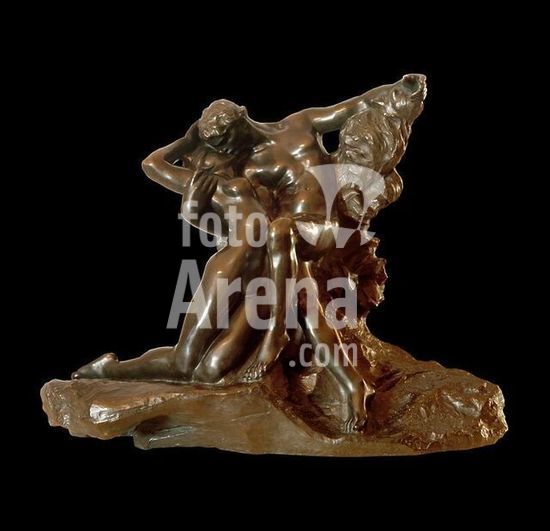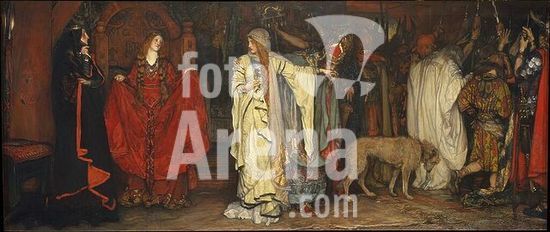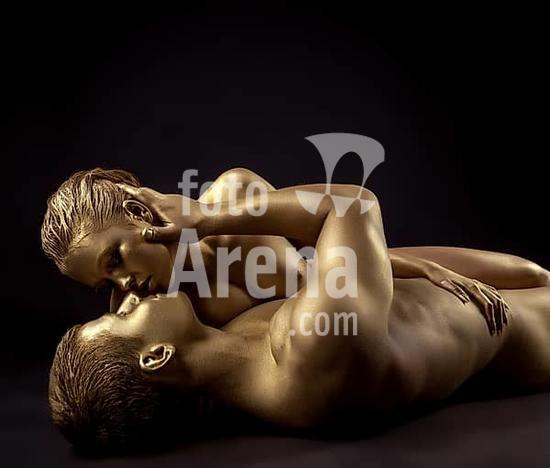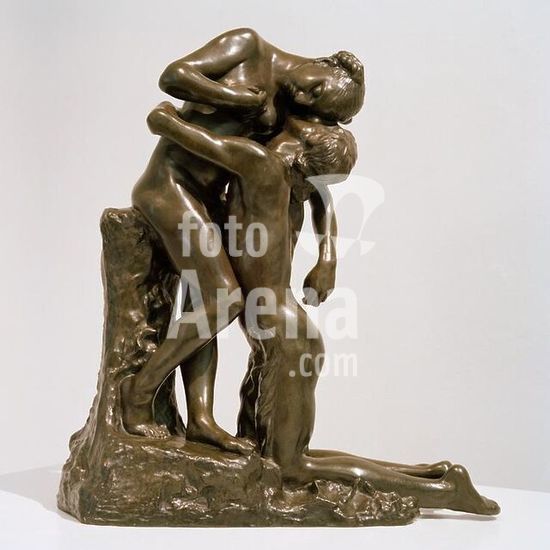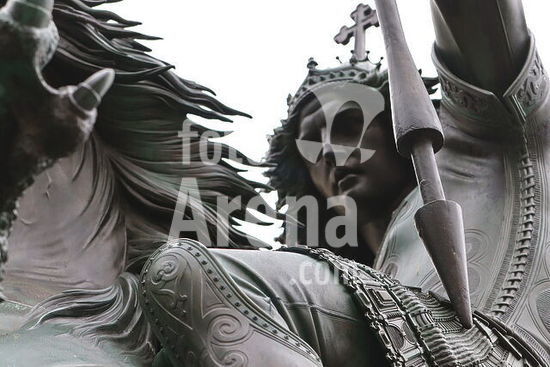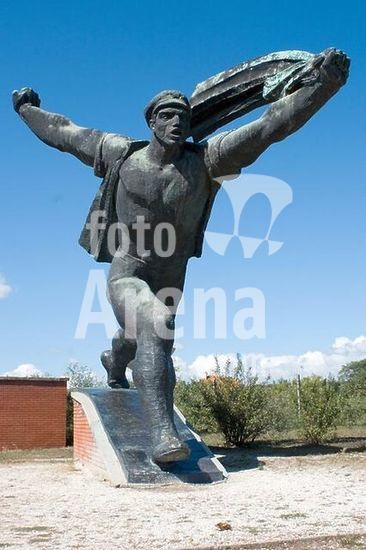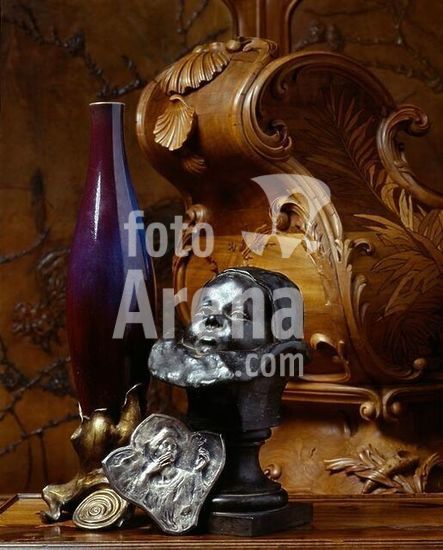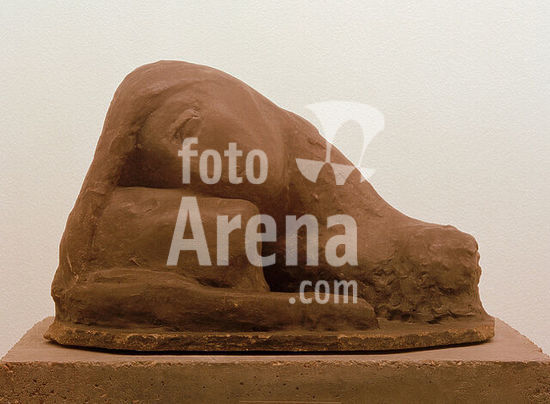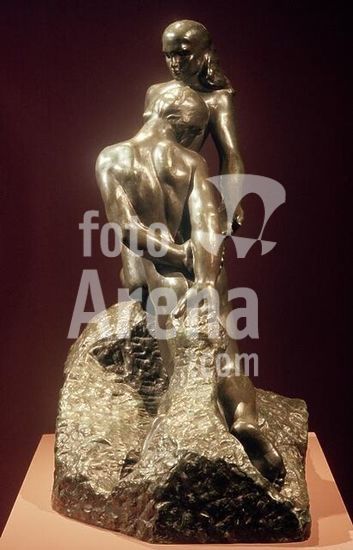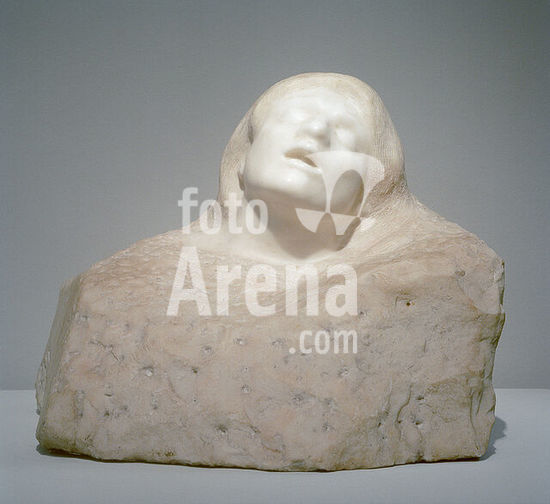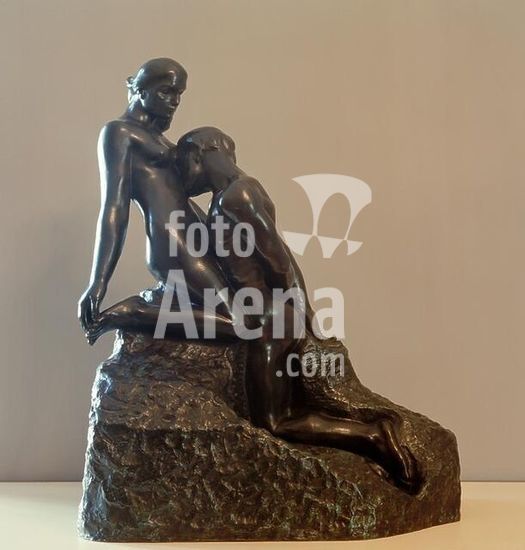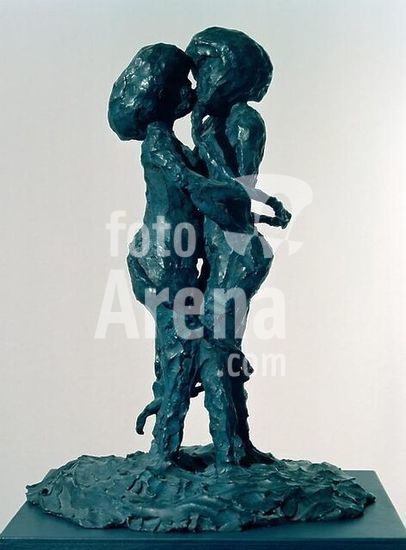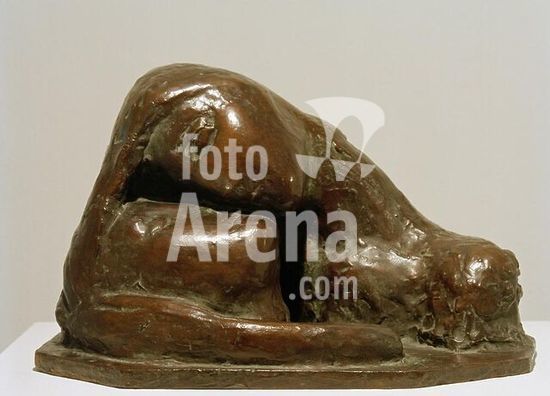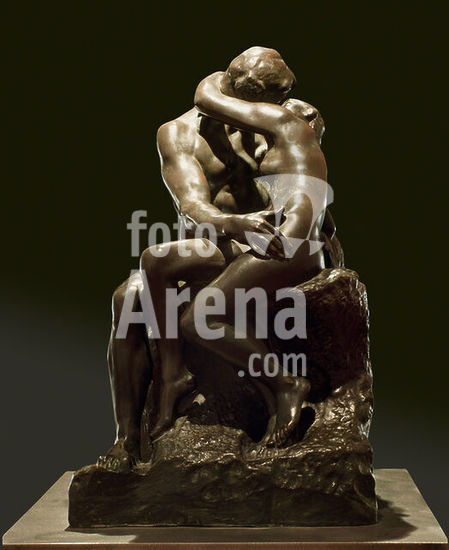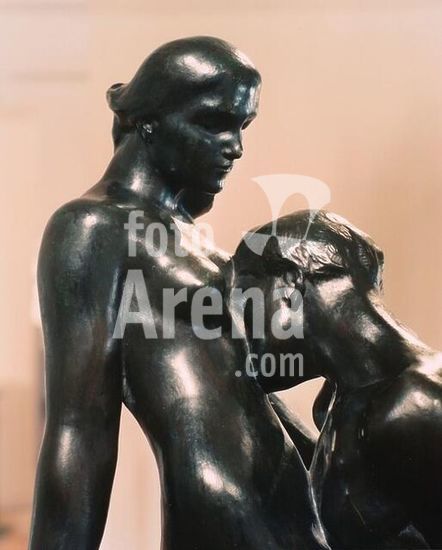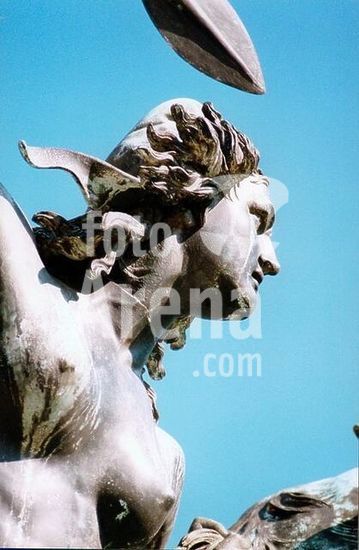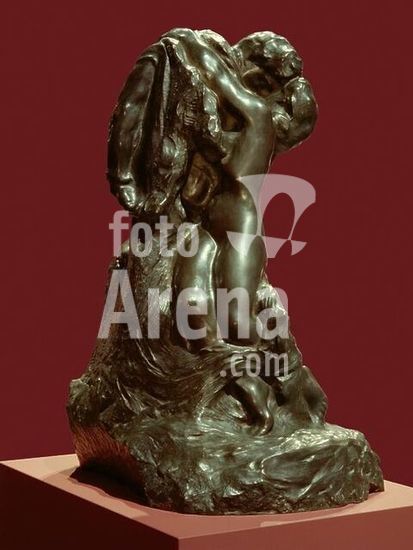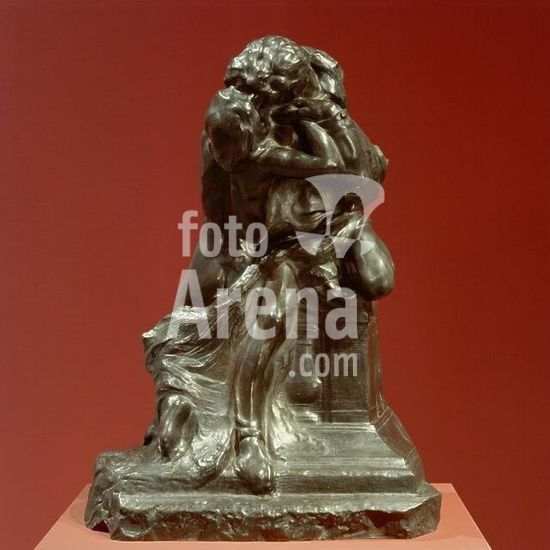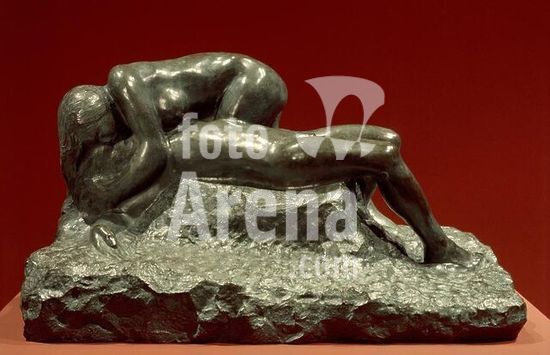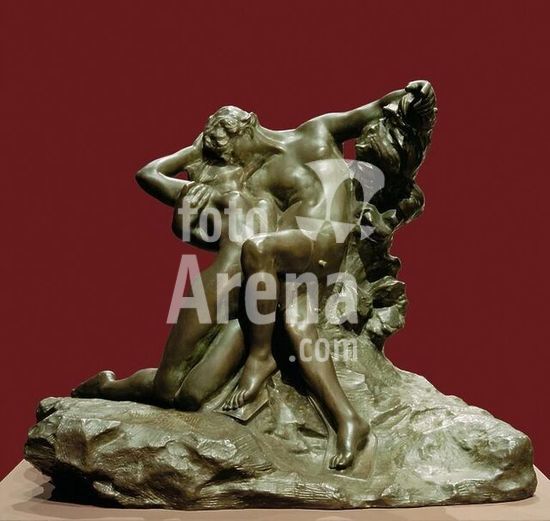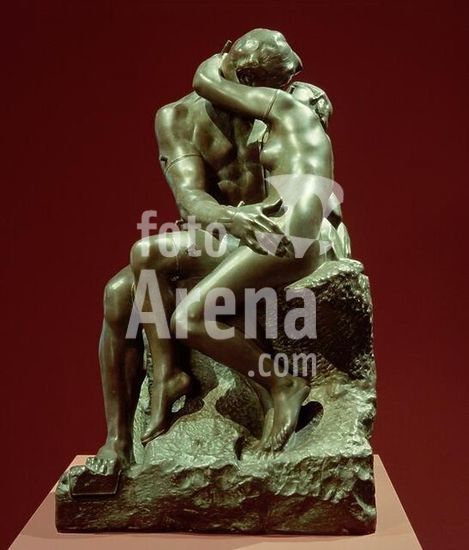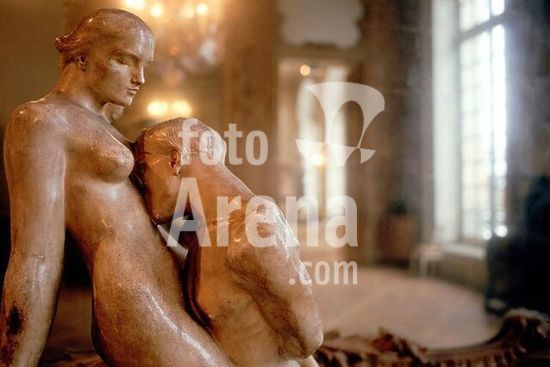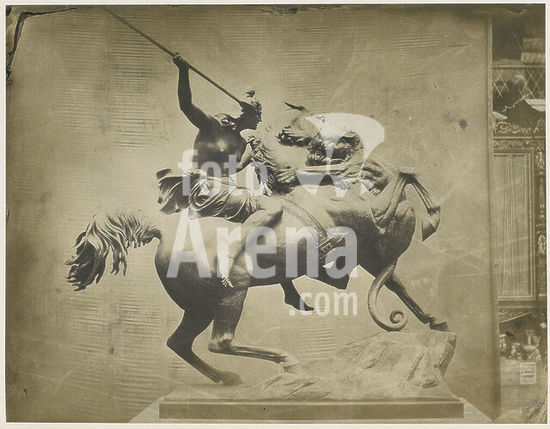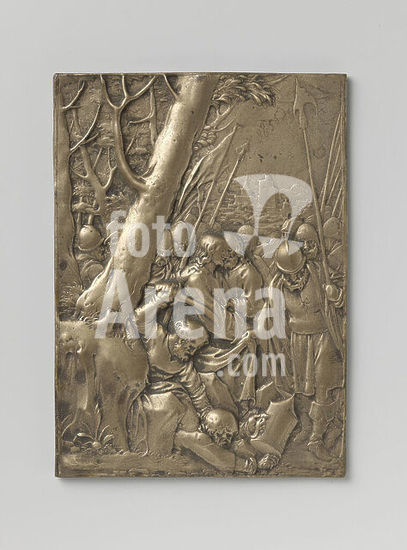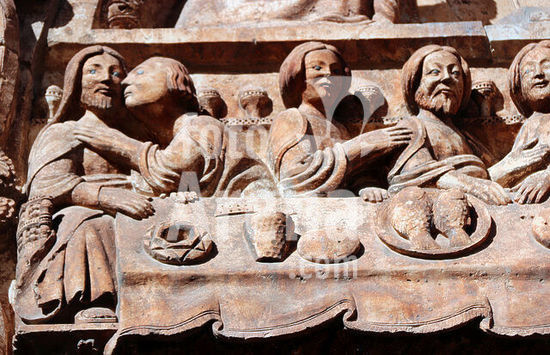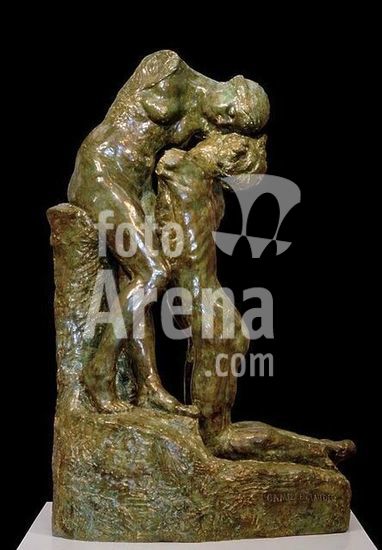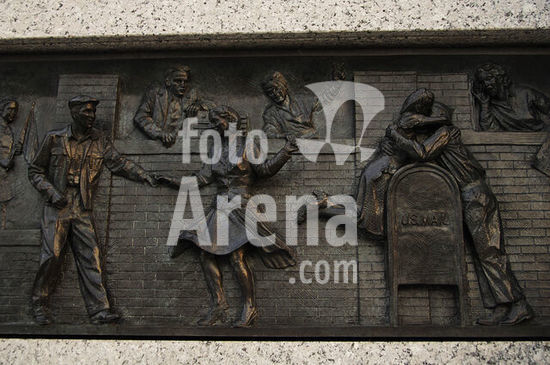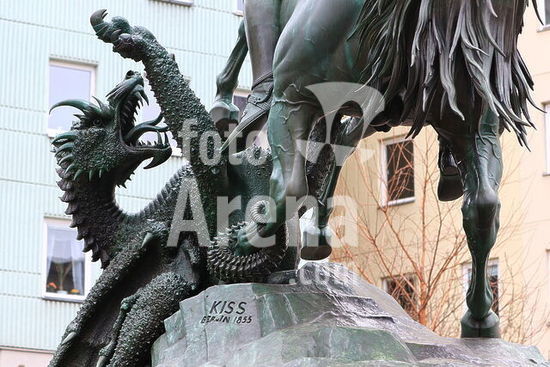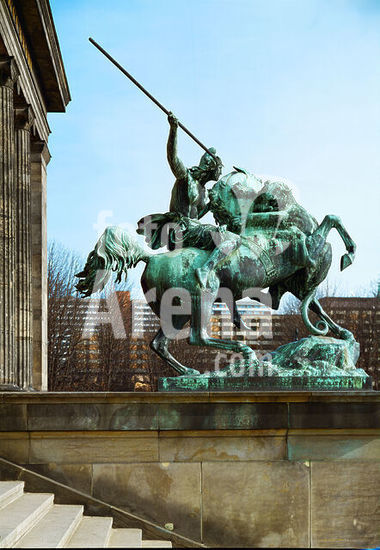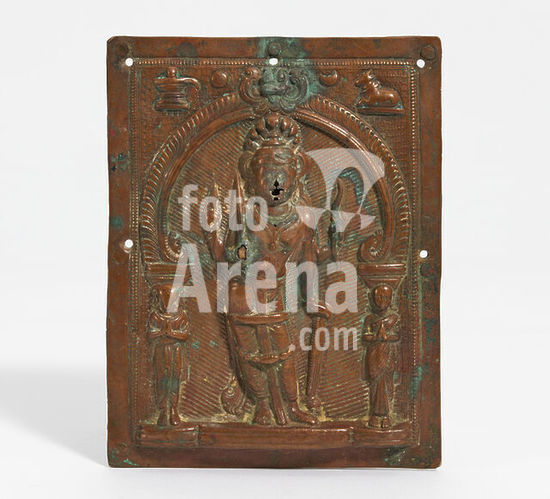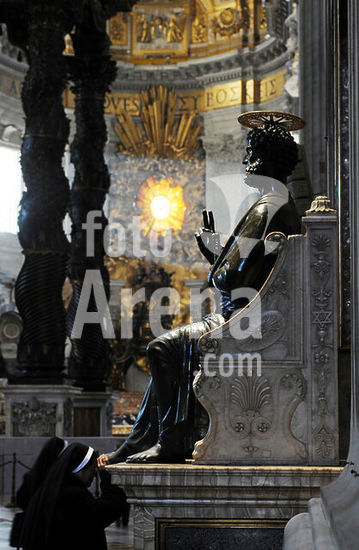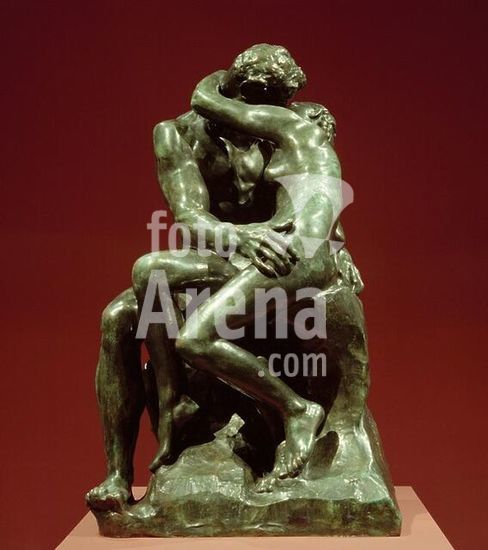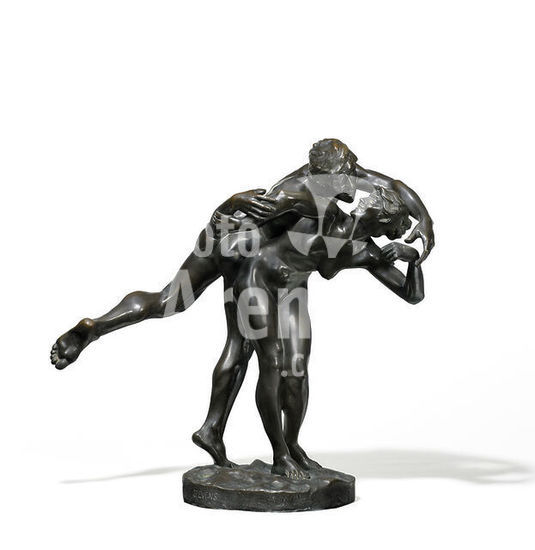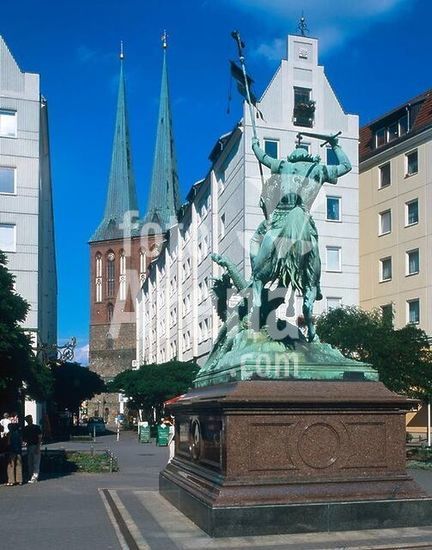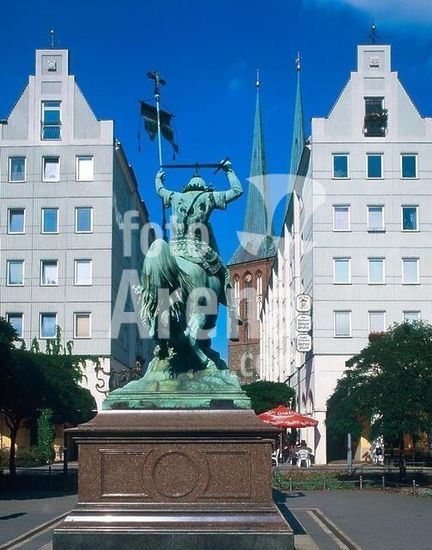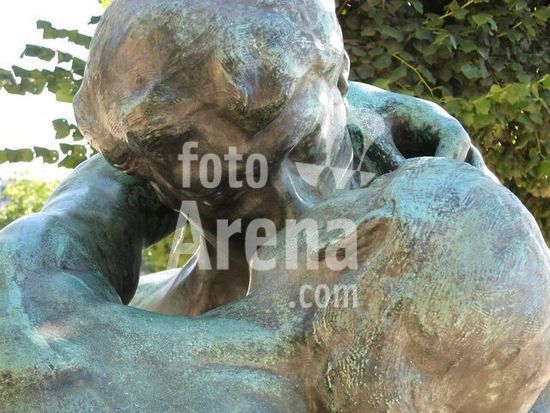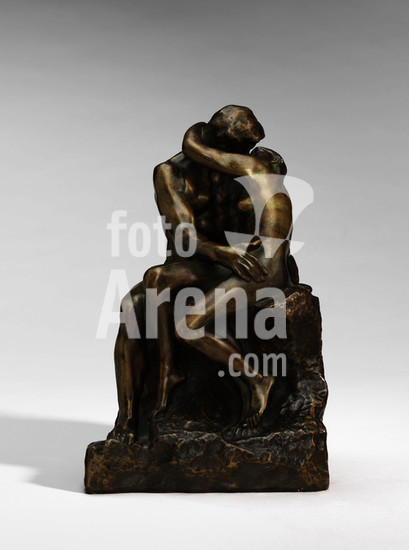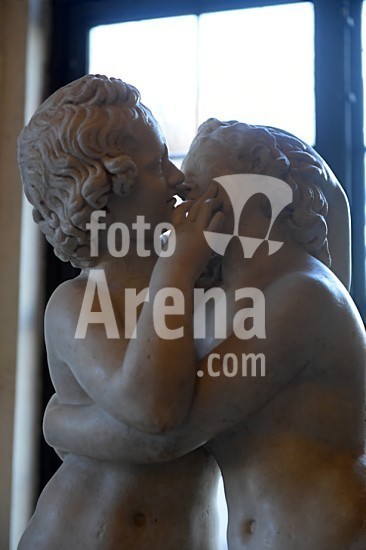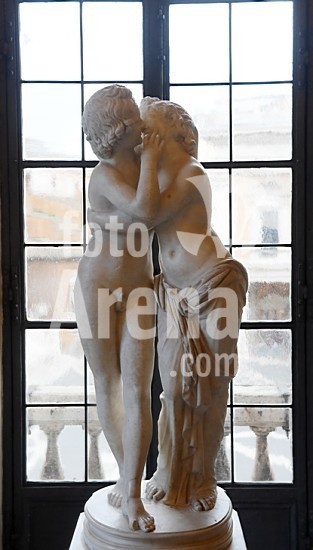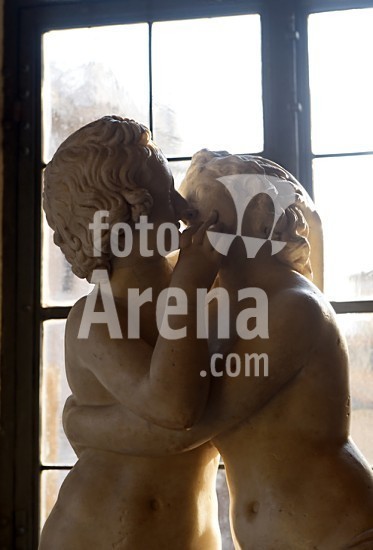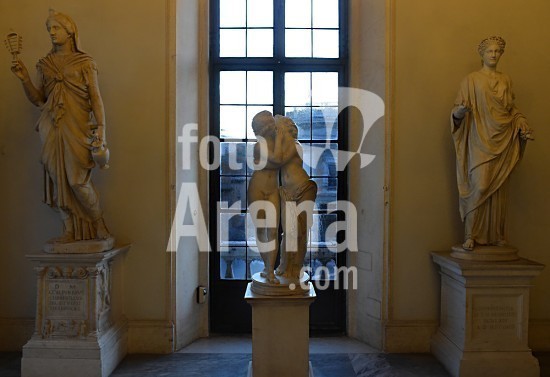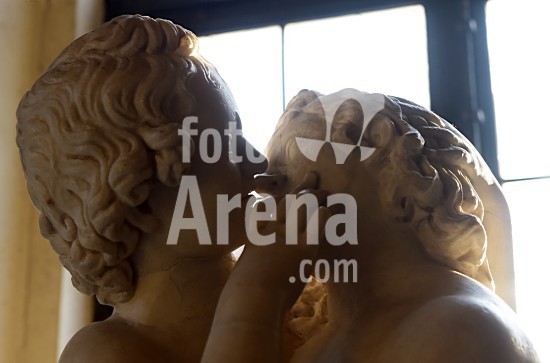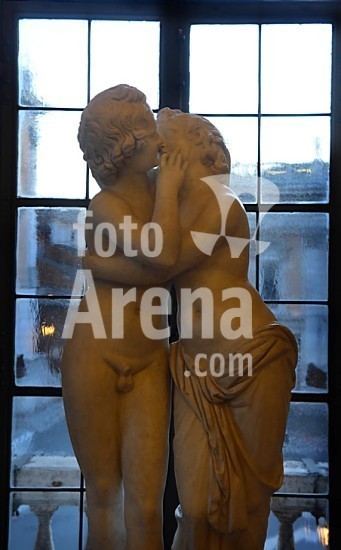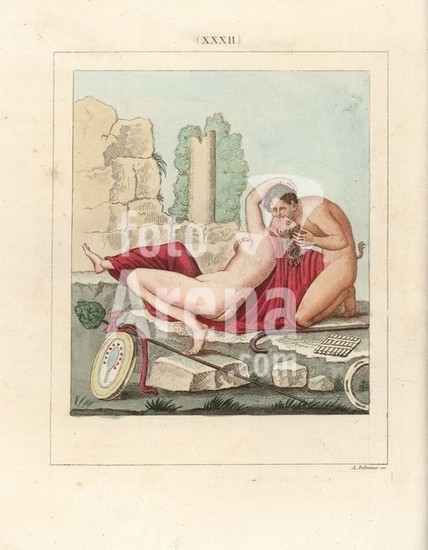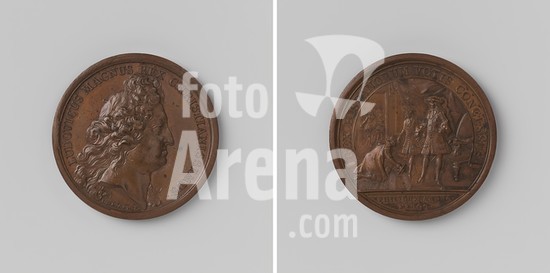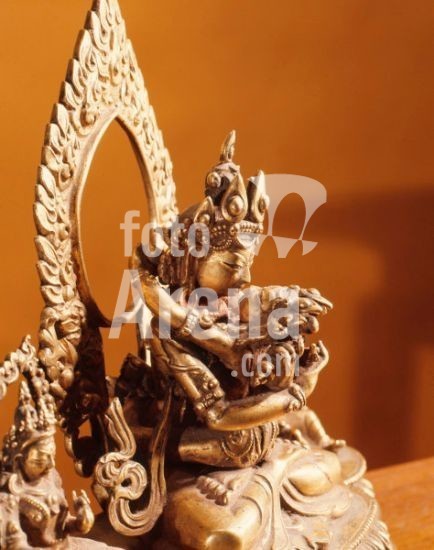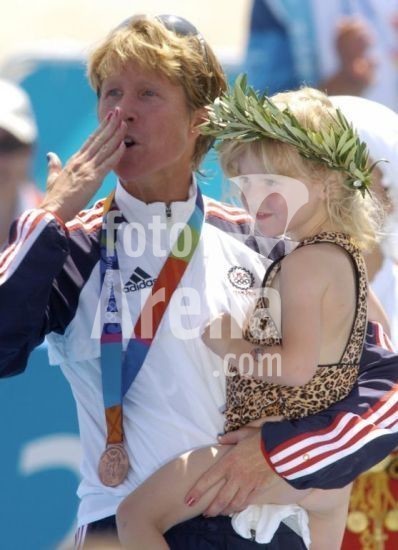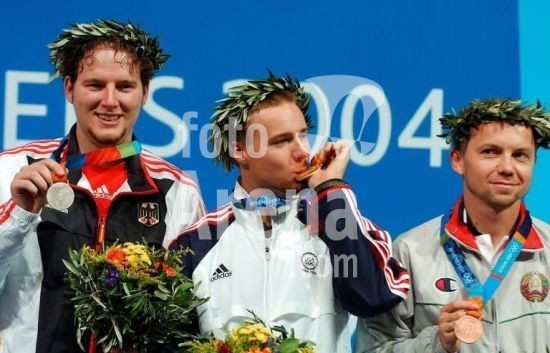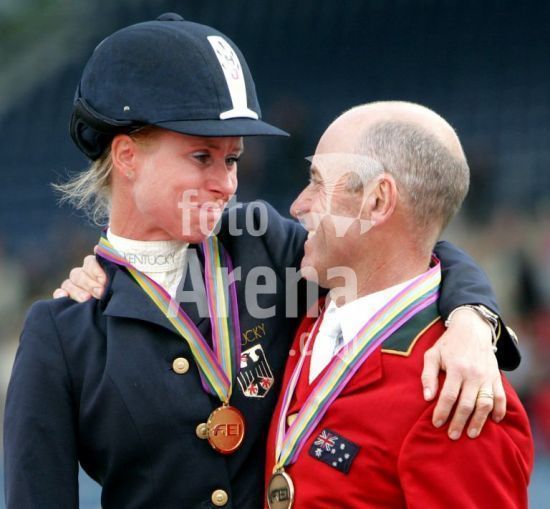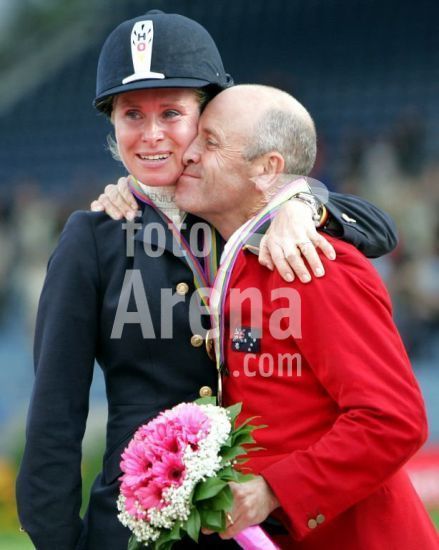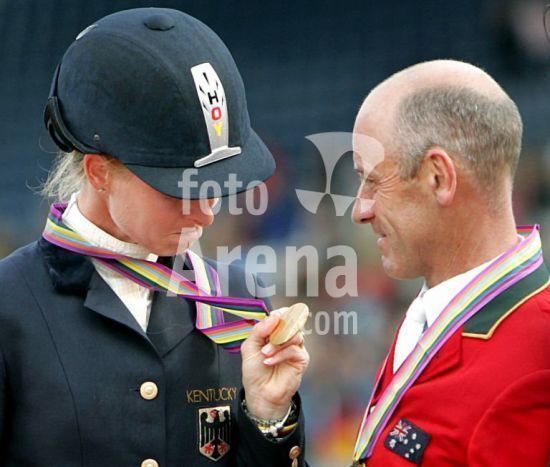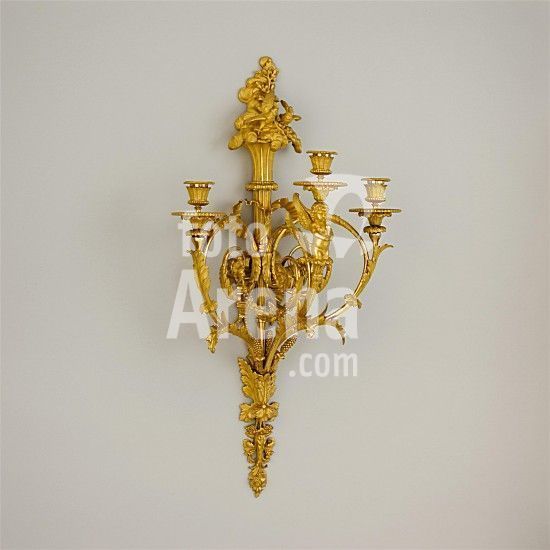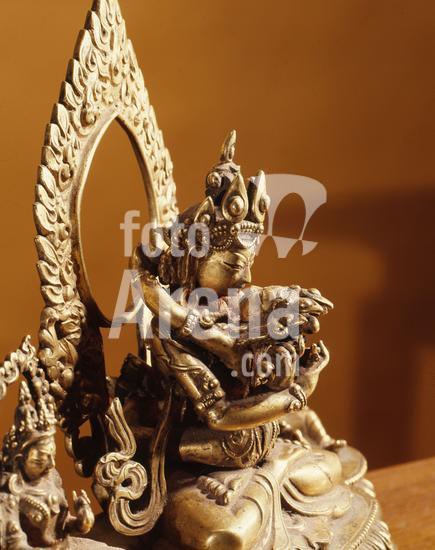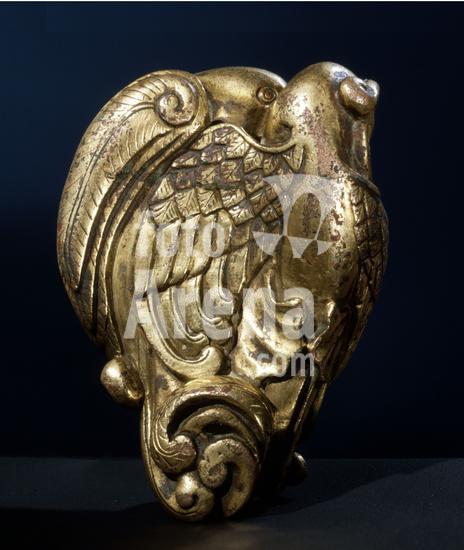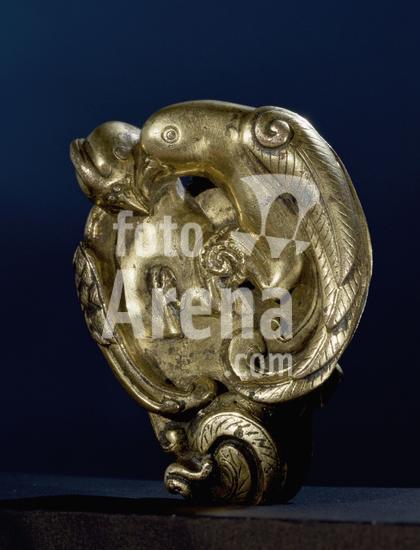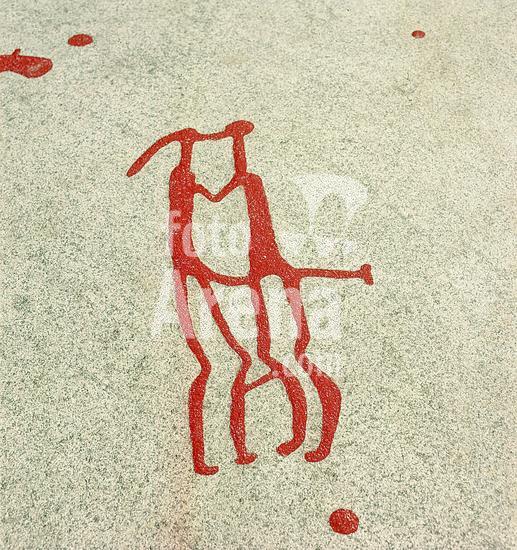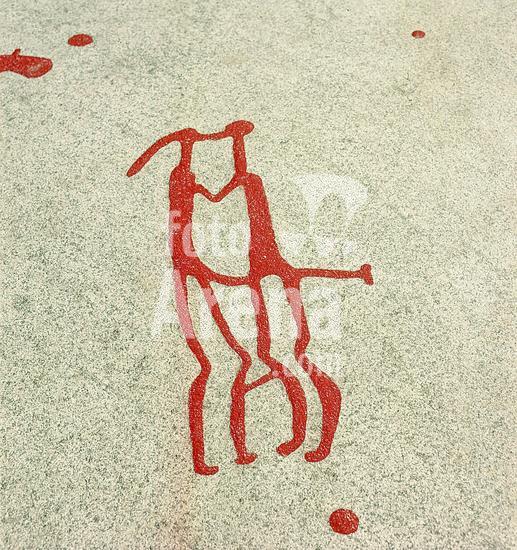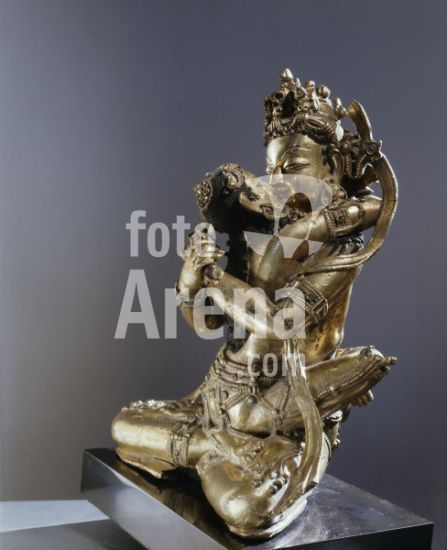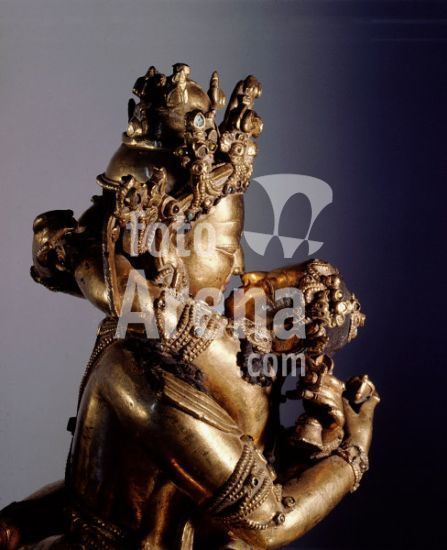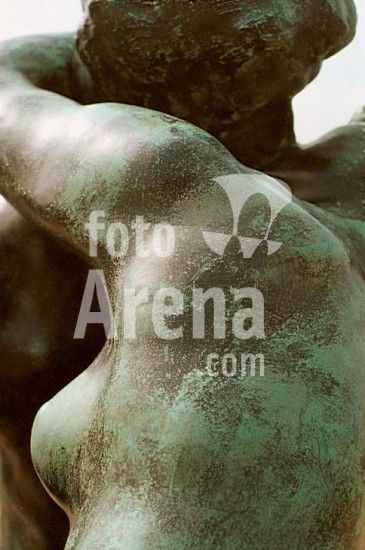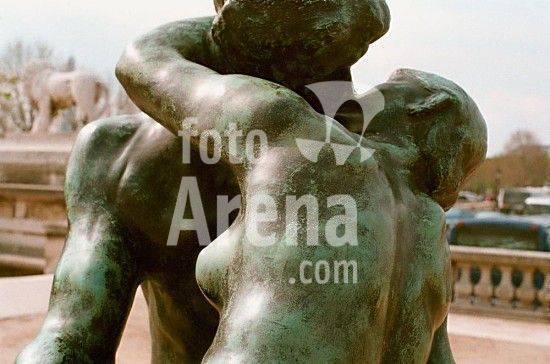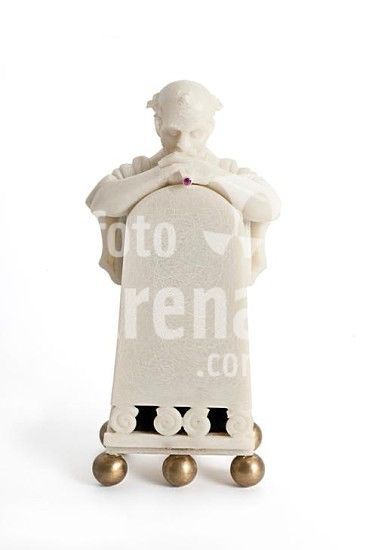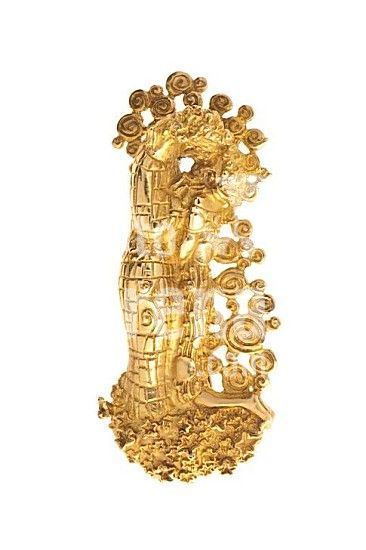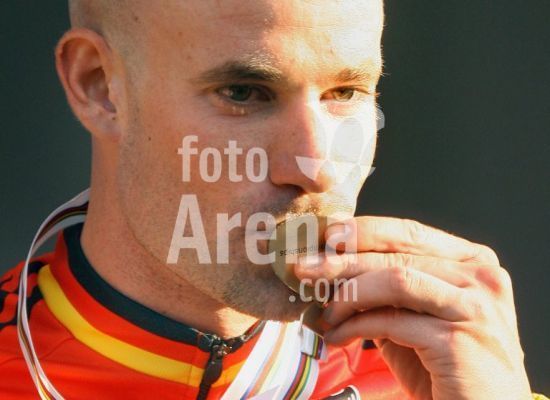
alb3659517
The Last Kiss of Romeo and Juliet. Artist: After a composition by Francesco Hayez (Italian, Venice 1791-1882 Milan). Culture: Italian. Dimensions: Overall (confirmed): 5 × 5/16 × 3 5/8 in. (12.7 × 0.7 × 9.2 cm);Framed (with bail, confirmed): 6 1/2 × 4 1/2 in. (16.5 × 11.5 cm). Maker: Giovanni Beltrami (Italian, Cremona 1770 or 1777-1854 Cremona). Date: crystal 1824, frame possibly contemporary.The front of the oval rock crystal is flat with a wide, outward sloping beveled edge. Into the flat back Giovanni Beltrami engraved a miniature version of Francesco Hayez's painting, The Last Kiss of Juliet and Romeo (Milan, Brera). The image and its accompanying inscription are carved in reverse so that they are correctly oriented when the crystal is viewed from the front. Beltrami executed his reproduction exclusively in matte engraving. Its silvery translucence makes The Last Kiss appear to be suspended both within and beyond the transparent confines of the highly polished stone - an illusion underscored by the slight cropping of the scene's corners. The crystal's beveled cut and lucent clarity act like a lens to enlarge the engraved details and impart startling three-dimensionality to the figures of Juliet and Romeo. The gemstone was commissioned by Count Giovanni Battista Sommariva (1760-1826).Born in Lodi of obscure parentage, the barrister, financier, and art collector, Giovanni Battista Sommariva, rose to prominence as a supporter of France during Napoleon's conquest of Italy. At the height of his influence from 1800 to 1802 Sommariva was the de facto ruler of Milan. After Napoleon replaced him, Sommariva retired from politics and devoted his attention to speculative finance. He promoted his European prestige by dedicating his increasingly grand fortune to collecting works of art that he displayed in his principal residences in Paris and in Tremezzo (Villa Carlotta, formerly Sommariva, on Lake Como). Sommariva patronized the greatest sculptors and painters of his day, among them Canova, Thorvaldsen, Girodet, Prud'hon, and Hayez. Until his death in 1826, his private holdings were must-stop destinations for royalty, nobility and cognoscenti on the continental Grand Tour.Sommariva's emphasis on contemporary art endowed his collection with its unique distinction and historic importance. His preference for Italian and French works mirrors the international taste that is characteristic of the Napoleonic and post-Napoleonic eras. His equal enthusiasm for classical and troubadour subjects, such as The Last Kiss of Juliet and Romeo, reflects the transition from Neoclassicism to Romanticism. The Renaissance tale of the doomed lovers of Verona, later immortalized by Shakespeare, was undergoing a revival. Sommariva's special interest in this subject is indicated by the fact that sometime between 1822 and 1825 he acquired one of the seven luxury editions of Luigi da Porto's Novella di Giulietta et Romeo that were illuminated by Giambattista Gigola (1767-1841). These years bracket his acquisition of Hayez's The Last Kiss and the completion of the painting's reproduction in crystal.In spectacular fashion, Sommariva had his most important sculptures and paintings reproduced as cameos and intaglios. Only a man possessing tremendous wealth and a bent for unbridled self-promotion could have conceived of a project that directly linked his collection with the glyptic art form associated with the ancient Caesars, Renaissance princes, and contemporary royalty. By commissioning reproductions in precious, enduring gemstones Sommariva strove to secure the fame and integrity of his collection for posterity. Like The Last Kiss, each gem was inscribed with the artist's and the carver's names, the gem's date, and "Sommariva owns this." The phrase equally applies to the original work and to its record in precious stone. The Sommariva family name combined with a declaration of ownership in the present tense signaled the collection's dynastic intent.For his costly, ambitious project Sommariva primarily engaged members of the distinguished school of gem engravers who were located around Milan. Giovanni Beltrami, a native and resident of Cremona, who had established his fame as one of the greatest gem carvers in Europe with his work for the Bonapartes, was singled out with the demanding task of creating intaglios of Sommariva's paintings. During his association with Sommariva between 1811 and 1824, Beltrami is estimated to have produced about forty such gems of which only a handful are known today. Based on the plaster and glass reproductions of the gems that Sommariva commissioned for wide distribution, the Last Kiss was by far the largest and one of the most complex intaglios of any in his collection.The 1823 exhibition of Francesco Hayez's early work, The Last Kiss of Juliet and Romeo, at the Accademia di Belle Arti in Milan, heralded the dawn of the Romantic era in Italy. The painting, which was lauded for its meticulous naturalism and criticized for its overt depiction of mutual passion, hung as a centerpiece in the Villa Sommariva. The importance and innovative character of Beltrami's intaglio reflects the picture's status. Beltrami was known for his bravura execution of crowded figure groups on relatively small gems. With The Last Kiss, he took on the challenge of engraving a very large stone with two foreground figures set in a complex spatial interior. Engraving the scene's multi-layered perspective and the couple's full-bodied embrace demanded absolute precision. In hard transparent stone, with miniscule grinding strokes and hairsbreadth distinctions between depths of relief, Beltrami created the pictorial illusions of three-dimensional form, distance, and illumination. He accurately rendered the painting's smallest details, magisterially evoked its subtle play of shifting light, and memorably captured the young lovers' physical and emotional passion. Beltrami's contemporaries praised The Last Kiss as one of the engraver's masterpieces. The format, medium, scale, and pictorial ambition of The Last Kiss directly relate it to the Renaissance tradition of engraved crystal plaquettes that are represented at the Met by works such as Giovanni Bernardi's Battle of Tunis of c. 1544 (17.190.540). Museum: Metropolitan Museum of Art, New York, USA.
DC





























































